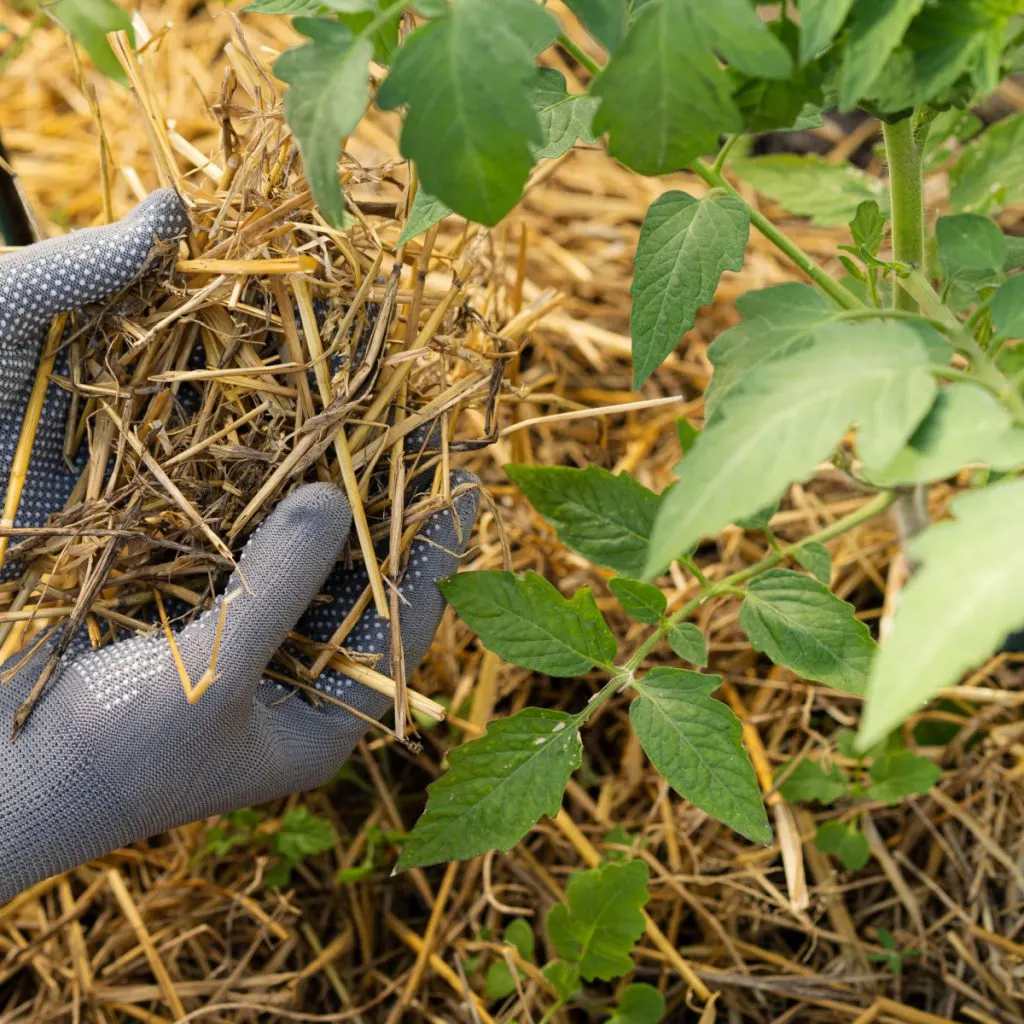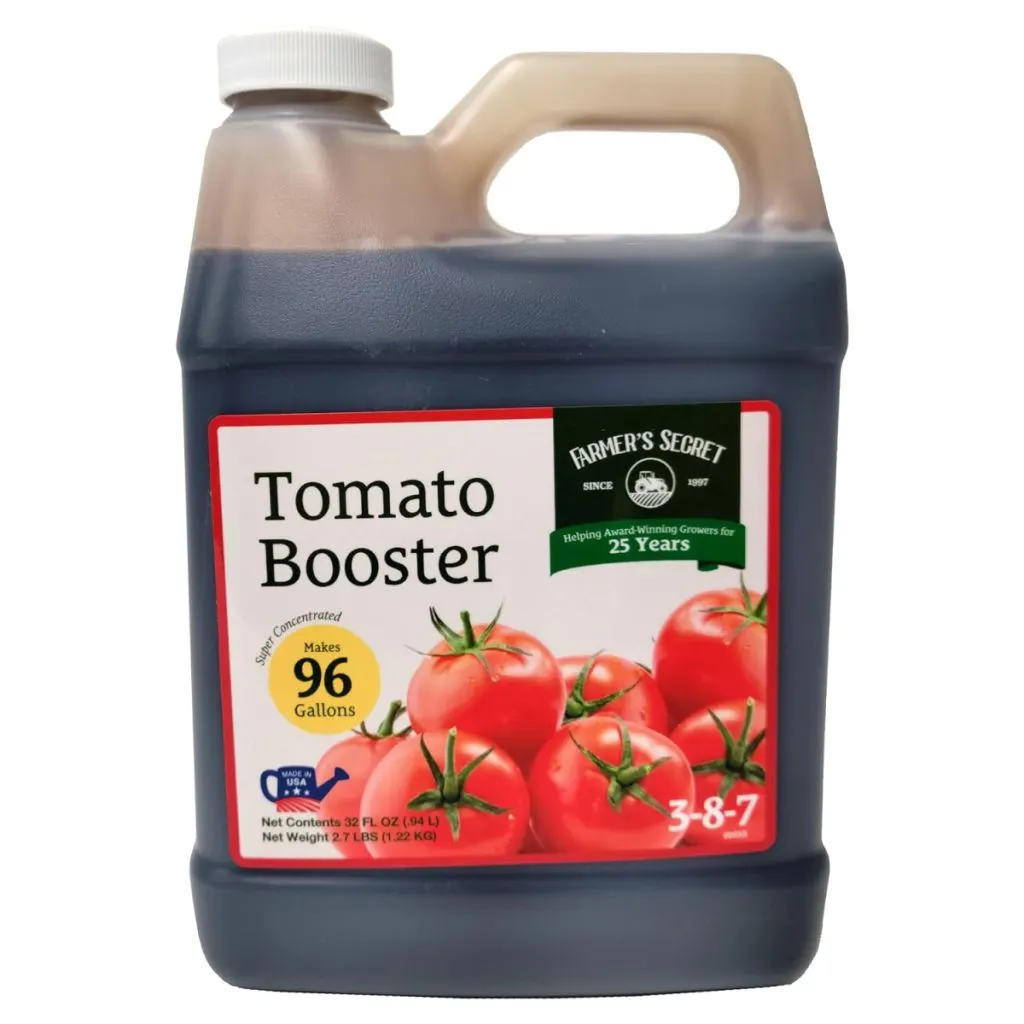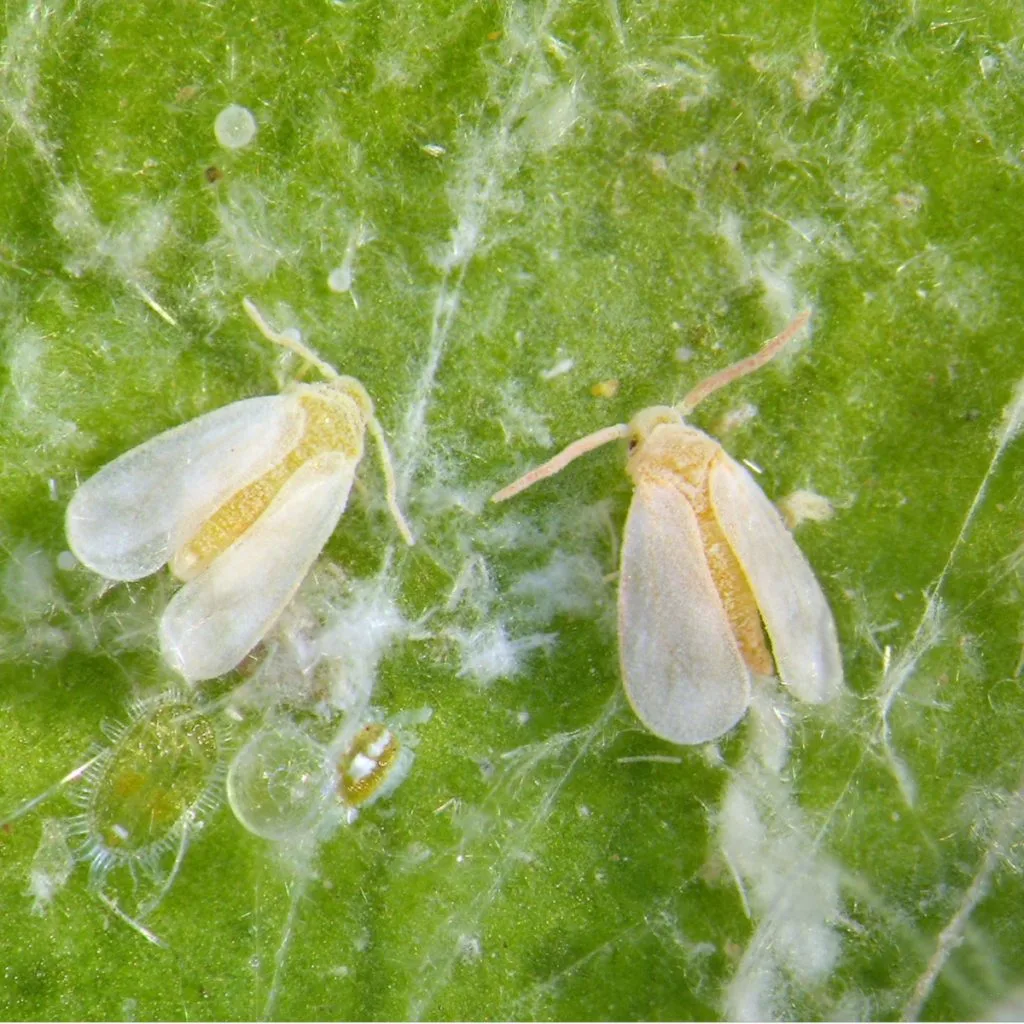Wondering why the leaves on your tomato plant are starting to curl in the middle of summer? And more importantly – what to do about it to fix the problem fast?
If you’ve walked out into your garden and noticed the leaves on your tomato plants curling, you’re definitely not alone. It’s something many gardeners deal with, especially during the summer months. The good news is, even though curled leaves can look concerning, they’re often a sign of stress rather than disease. And even better, the problem can usually be cured with just a little attention.
Tomato leaf curl is when the leaves begin to roll, twist, or fold inward instead of lying flat. Sometimes it only affects a few leaves at the bottom of the plant. Other times, it can impact the newer growth at the top.

So what causes it? It can actually be caused by a number of factors such as watering issues, heat, pests, and over fertilization. And the first key in solving the issue with your plant is determining which of the above might be the cause. Once you do – the problem can usually be fixed before it ever harms the plant’s health long term.
Why Tomato Plant Leaves Curl
Heat & Stress
One of the most common reasons for tomato leaves to curl is heat and stress. And when the stress occurs, the plant curls it leaves trying to protect itself.
When temperatures rise and the sun is intense, tomato plants often curl their leaves to reduce how much moisture they lose through evaporation. It’s a defense mechanism that helps them survive harsh conditions.
How To Help Fix Heat & Stress Issues:
If your plants are otherwise healthy, flowering, and growing well, this kind of curling isn’t something to worry about. To help, apply a thick layer of mulch around the plants to keep the soil cooler and help it hold moisture.
Mulch such as straw, shredded leaves, or dried grass clippings works well. It also helps to water the plants deeply every few days instead of giving them a light watering each day. Deep watering encourages roots to grow down where the soil stays moist longer.
If temperatures get extremely hot, providing some temporary shade using garden fabric or row covers can also reduce stress.

How Watering Can Cause A Tomato Plant To Curl Its Leaves
Another major reason leaves curl is due to watering problems. Both overwatering and underwatering can cause stress that shows up as curling leaves.
When plants get too much water, their roots can become waterlogged and lack the oxygen they need to function. On the other hand, when plants don’t get enough water, especially in hot weather, they begin to curl their leaves to conserve moisture.
How To Fix:
The best way to check if your soil is too wet or too dry is with a long probe soil meter. A soil meter will tell you what the moisture is right at the root level, where it’s most important to the plant’s overall health and well being. Affiliate Link: XLUX Long Probe Deep Use Soil Moisture Meter Sensor
If the soil is overly wet, you need to stop all watering. If it’s dry several inches down, the plant needs more water. Try to keep the soil evenly moist. Use a deep watering method and avoid letting the soil completely dry out between waterings.
For more on watering tomato plants, be sure to check out our article: The Best Way To Water Tomato Plants In Summer!

Over-Fertilizing – Giving Tomato Plants Too Much Nitrogen
One of the most common causes of leaf curl is tomato plants getting too much nitrogen. Nitrogen is important for plant growth, but when tomato plants receive too much of it, they tend to grow big, bushy leaves – all at the expense of flowers and fruit.
The leaves may curl, become thicker, and turn a darker green than normal. If your plants are full of foliage but aren’t producing many flowers or tomatoes, fertilizer is most likely the issue. Many general-purpose fertilizers are high in nitrogen, so it’s a good idea to check the numbers on the package.
How To Fix:
The three numbers listed on nearly all fertilizer bags will show the levels of nitrogen, phosphorus, and potassium. For tomato plants, especially during the summer when they are blooming and fruiting, you want a fertilizer that’s lower in nitrogen and higher in phosphorus and potassium. Affiliate Link: Farmer’s Secret Tomato Booster Fertilizer (32oz) – Super Concentrated – 3:8:7 Ratio
Liquid fertilizer is ideal because it’s absorbed faster by the plants and is less likely to build up in the soil. Apply a diluted, half-strength dose every seven to ten days to keep your plants fed without overloading them.

How Soil Compaction Can Cause A Tomato Plant’s Leaves To Curl
Surprisingly, just walking or stepping too close to your tomato plants can also cause problems. Every time you step on the soil near the base of your plants, you’re compacting it. Compacted soil becomes hard and dense, which makes it difficult for water and air to reach the roots.
This added stress can lead to poor root development and eventually curled or wilted leaves. Roots need loose, well-drained soil to absorb nutrients and moisture. To prevent this, avoid walking in the areas right around your plants.
How To Fix:
Create clear walking paths and try to kneel on boards or stepping stones if you need to get close. You can also use mulch around your plants to protect the soil and reduce compaction. If your soil has already become hard, you can gently loosen it with a hand fork around the base of the plant to help restore airflow.
Pest Damage from Aphids and Whiteflies
Insect problems can also cause tomato leaves to curl. Pests such as aphids and whiteflies feed on the sap of tomato plants and often hide underneath the leaves. As they feed, they cause the leaves to curl or twist. You may also notice a sticky residue, which is a sign of insect activity.
These pests can be difficult to spot at first because they are so small. Look closely under the leaves for tiny green, black, or white bugs. If you spot them, try spraying the plant with a strong stream of water to knock them off. You can also use neem oil or insecticidal soap to get rid of them naturally.

It may take a few treatments to fully eliminate the problem, especially if the weather is warm and the pests are reproducing quickly.
Viral Infections – The Dreaded Tomato Yellow Leaf Curl Virus
Last but not least, in some cases, curling is indeed caused by a virus. Tomato Yellow Leaf Curl Virus is a serious disease that’s spread by whiteflies. If your plant has yellowing leaves, is curling and twisting, and has stopped growing or producing fruit, it may have this virus.
Unfortunately, there is no cure for it, and it spreads easily to other plants. If you suspect this problem, remove the affected plant right away and throw it in the trash. Don’t compost it. To protect your other plants, control whiteflies as quickly as possible using neem oil or insecticidal soap.
While curled leaves on tomato plants can be a cause for concern, the key is to watch for other signs of trouble. If your plant is still blooming and growing strong, a little curl isn’t usually a big deal. By watering properly, feeding with the right fertilizer, avoiding compacting the soil, and keeping an eye out for pests, you can help your tomato plants stay healthy and productive all summer long. For even more tips on keeping your plants healthy, see: What To Do If Your Tomato Plants Show Signs Of Blight – Why & How To Act Fast!
Here is to helping your plants recover from leaf curl – and to having a great harvest this summer of juicy tomatoes!
This Is My Gardening
Follow Our Facebook Page For Great Gardening Tips And Advice! This Is My Garden Facebook Page
This Is My Garden is a garden website created by gardeners, for gardeners. Jim and Mary Competti have been writing gardening, DIY and recipe articles and books and speaking for over 15 years from their 46 acre Ohio farm. They publish three articles every week, 52 weeks a year. Sign up today to follow via email, or follow along!
